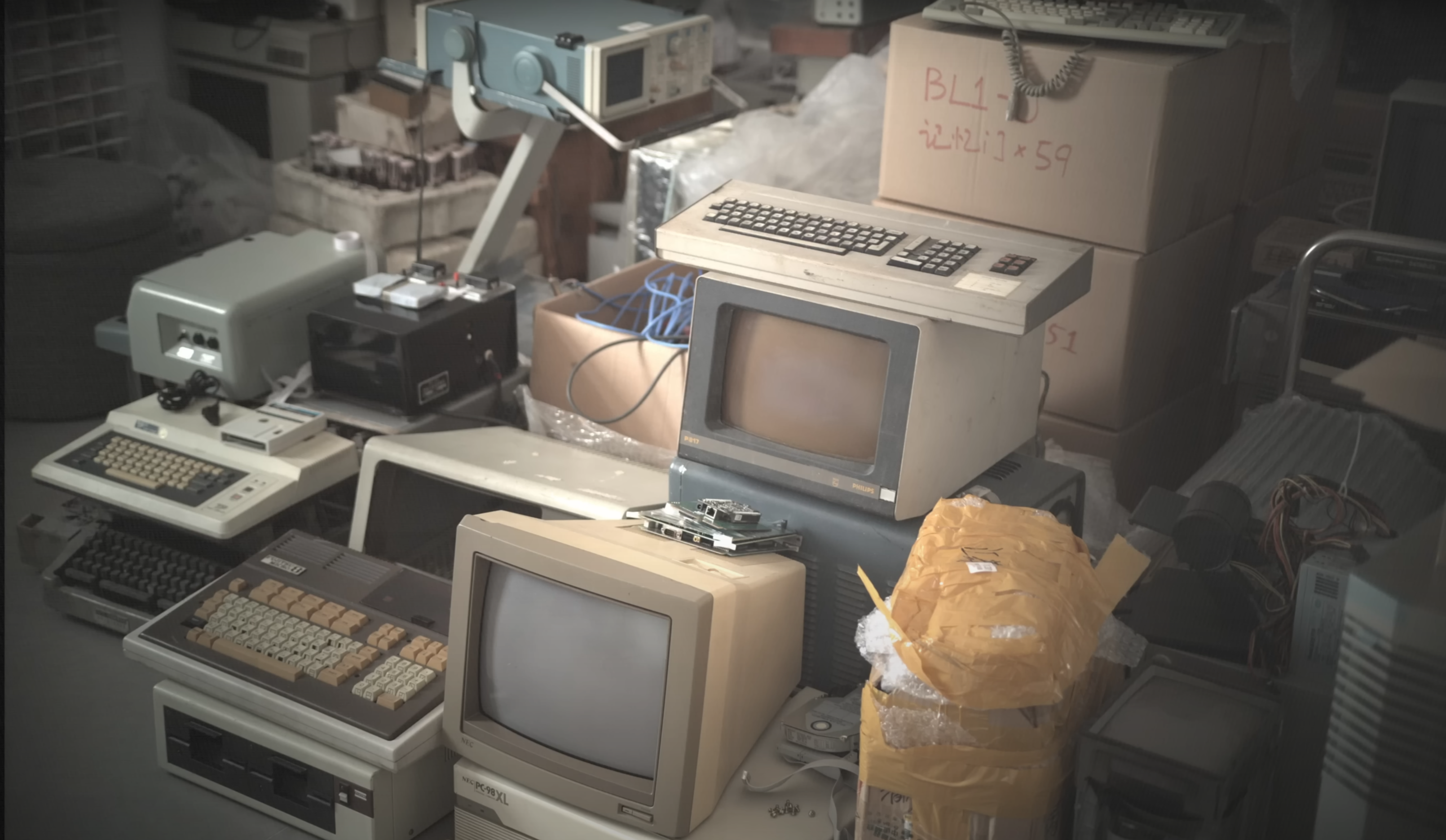NotAwfulTech
469 readers
2 users here now
a community for posting cool tech news you don’t want to sneer at
non-awfulness of tech is not required or else we wouldn’t have any posts
founded 2 years ago
MODERATORS
26
27
28
29
30
29
Mozilla: Tell OpenAI, Google, and Microsoft: Provide transparency about the data used to train your AI tools!
(foundation.mozilla.org)
31
7
32
33
34
11
this looks fun. Get an old analogue oscilloscope and run a simple chaos generator through it. {PDF}
(www.chaotic-circuits.com)
35
36
37
38
39
40
41
42
43
44
45
46
47
48
49
50
